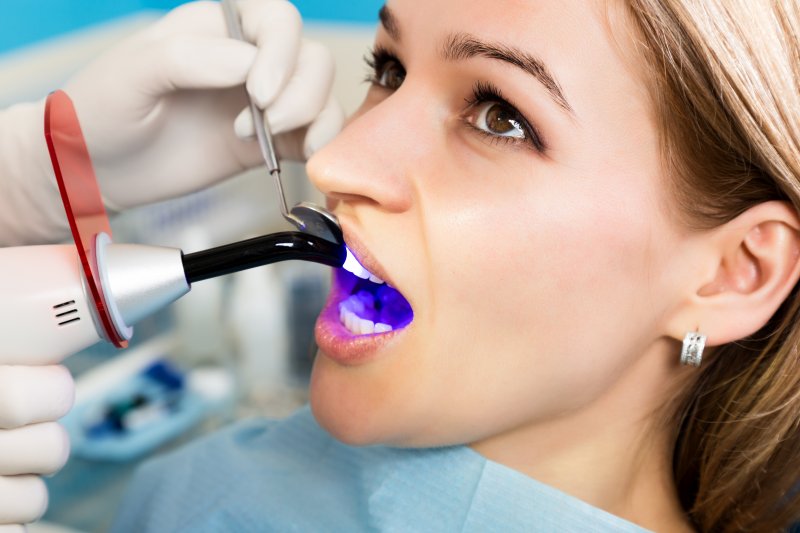What Are the Signs That You Need a Dental Filling?
June 10, 2021

Cavities are one of the most common oral health problems, and they don’t just occur because you consume too much sugar. Other causes include dental accidents, poor oral hygiene, and even using your teeth to bite down on hard surfaces. They’re the first stage of tooth decay and can become a serious threat to your oral health if left untreated. Fortunately, cavities are easily treated with dental fillings before significant damage occurs. Are you unsure whether you need a filling? Read on for a few signs you should look out for.
What Are the Signs I Need a Dental Filling?
Most cavities don’t cause symptoms during the early stages of development, which is why regularly visiting your dentist is critical for early detection. However, if you notice any of the following signs, you should contact your dentist immediately as they could indicate that a cavity is progressing.
Tooth Sensitivity
If this is a new sensation that occurs when eating hot or cold foods, it could indicate worn enamel and developing cavities. The sensitivity could be isolated to one area and may also occur when sweet, sticky, or sour foods.
A Toothache or Sharp Pain
Persistent, throbbing pain is one of the most common indicators of a cavity. It can happen when you bite down or chew your food and could even concentrate elsewhere from the cavity. You may also experience sharp pain when consuming foods with extreme temperatures. If the pain becomes more frequent or severe, contact your dentist right away to identify an underlying problem.
Dark Spots or a Hole in Your Tooth
A noticeable cavity will look like a dark spot or hole in your tooth. Once the cavity becomes large enough, you may be able to feel the hole with your tongue or finger. At this point, the cavity may have worsened significantly, and you should see your dentist immediately for a filling.
Bad Breath
Does food frequently get stuck between certain teeth? You can develop bad breath from food debris that gets stuck in these small spaces. The small gap or opening will require a filling to close.
Damage to An Older Filling
A filling can become damaged or loose after eating something hard. You may be able to see or feel that it has become dislodged. If you notice that an existing filling is broken, cracked, or lost, you need to replace it immediately before the cavity worsens.
Now that you know the signs of tooth decay, you can seek treatment before it’s too late. But remember—you can maintain a healthy, cavity-free smile by following proper dental care and regularly seeing your dentist.
About the Author
Dr. Charles R. Fana brings decades of experience to Compass Dental. He pursues extensive continuing education yearly to better serve everyone that walks through our doors. Dr. Fana is very active in the dental community and stays up-to-date with the latest advancements in dentistry. If you suspect you need a dental filling, Dr. Fana will examine your tooth and confirm if one’s necessary. To schedule an appointment, visit our website or call (912) 352-3955.
No Comments
No comments yet.
RSS feed for comments on this post.
Sorry, the comment form is closed at this time.
